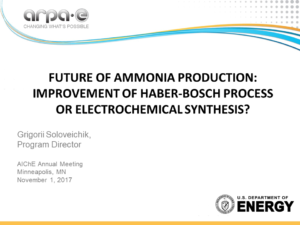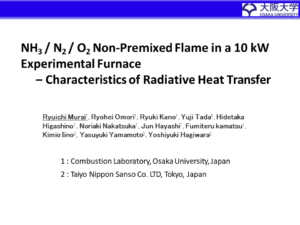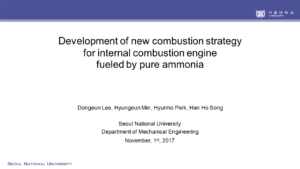Presentation
Future of Ammonia Production: Improvement of Haber-Bosch Process or Electrochemical Synthesis?
Ammonia, the second most produced chemical in the world (176 million tons in 2014), is manufactured at large plants (1,000 – 1,500 t/day) using Haber-Bosch process developed more than hundred years ago. A simple reaction of nitrogen and hydrogen (produced by steam methane reforming or coal gasification) consumes about 2% of world energy, in part due to the use of high pressure and temperature. With the global transition from fossil fuels to intermittent renewable energy sources there is a need for long term storage and long range transmission of energy, for which ammonia is perfect fit. To make it practical,…







